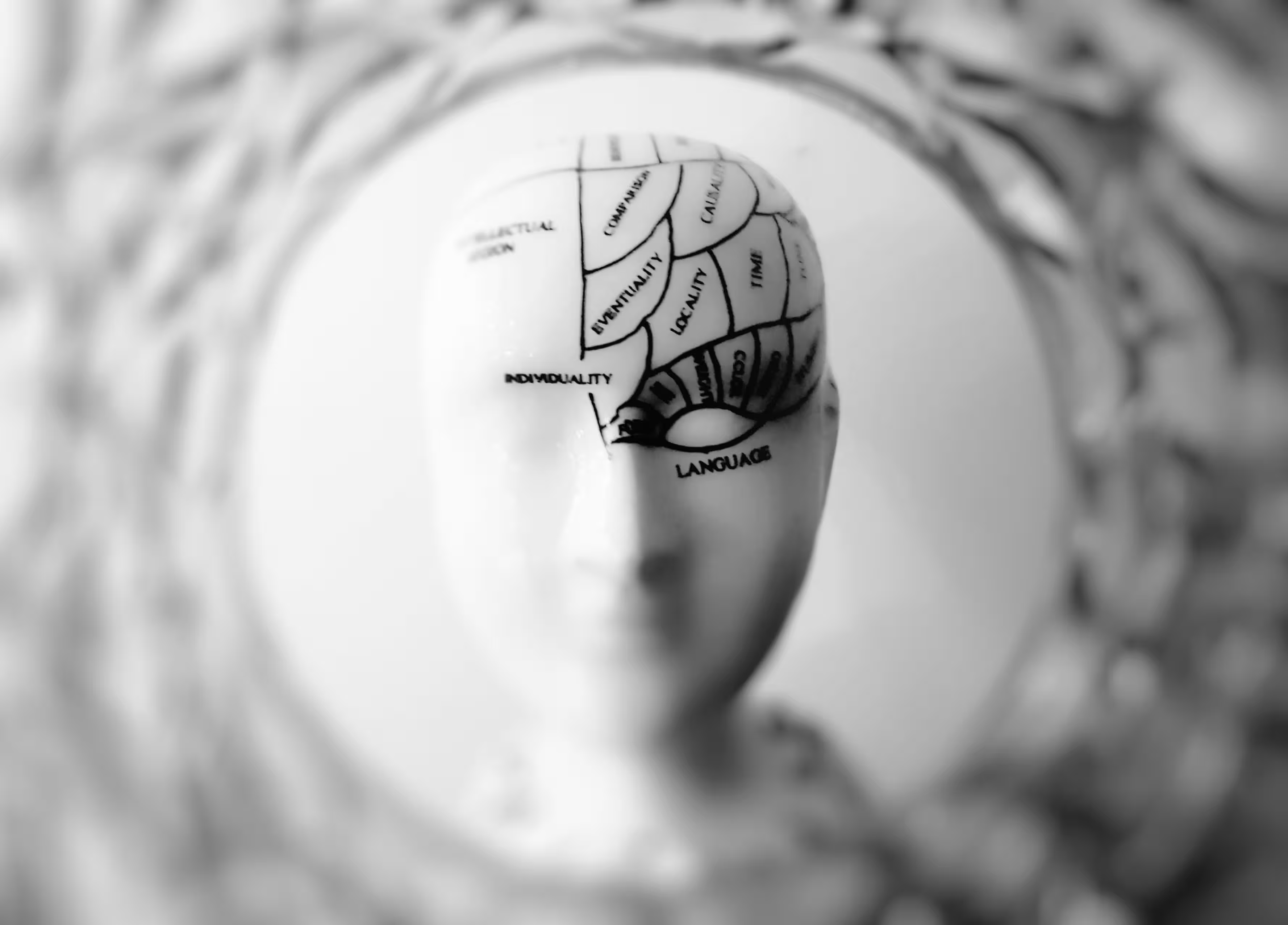
Theory of Knowledge (TOK), is a core subject in the IB DP that offers a chance for students to think deeply about the complexities of knowledge by exploring its origins, biases, reliability and more. This article aims to break down TOK by explaining its grading system, the essay, and the significance of the exhibit in simpler terms.
Understanding the grading system
TOK uses a clear scoring system to evaluate how well students understand and use key ideas. There are two parts to the assessment: the presentation and the essay. Each part can earn a maximum of 10 points. However, the essay is weighted slightly more, and scaled up by 2x, making the total points attainable 30, with your essay contributing to 20, and your presentation contributing to 10.
For the presentation, students can discuss real-life situations and share their thoughts on knowledge-related issues. Assessors look at how well students organize their ideas and express themselves clearly. The most important aspect to your presentation is choosing the most apt Real-Life-Situation (RLS) to demonstrate your knowledge claims with respect to the prompt you chose. Your grades primarily depend on how well students analyze, use examples, and demonstrate critical thinking.
To do well in TOK, students need not only to know the content but also to show a solid grasp of the complexities of knowledge. Being clear, logical, and relevant in both the presentation and essay is crucial for earning high scores.
The TOK Essay (commentary)
The TOK essay is a big part of the grade, pushing students to think carefully about assigned topics. These topics are designed to encourage exploration of different areas of knowledge, and students are expected to provide well-thought-out responses. The essay is a chance for students to display their ability to think, connect ideas, and evaluate knowledge claims, showing a deep understanding of the ways of knowing and areas of knowledge.
When writing a TOK essay, students should aim for clear, organized thinking and a logical flow of ideas. Good communication matters, and assessors will be looking for a well-structured argument supported by relevant examples. Including counter arguments and addressing potential weaknesses in the chosen perspective adds depth and nuance to the essay.
The TOK Exhibit
The TOK exhibit is a unique part of the program, letting students express their understanding of knowledge in creative ways—whether through visual arts, performance, or multimedia. It's a chance for students to show their ideas and interpretations beyond just writing.
When putting together the exhibit, students should think about how their chosen way of expressing themselves connects with the knowledge claims they want to make. Clear messages, creativity, and a strong link to TOK concepts are what assessors will be looking for. The exhibit complements the essay by offering a different way for students to show what they know in an interesting and engaging way.
The Theory of Knowledge core subject is a fundamental part of diploma programs, giving students a chance to dig into the nature of knowledge. By understanding the grading system, mastering the essay part, and embracing the creative side of the exhibit, students can not only do well in TOK but also develop crucial skills for thinking critically and exploring ideas, skills that will be useful in both academic and personal pursuits.